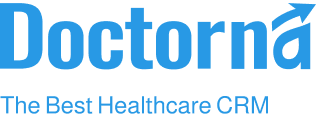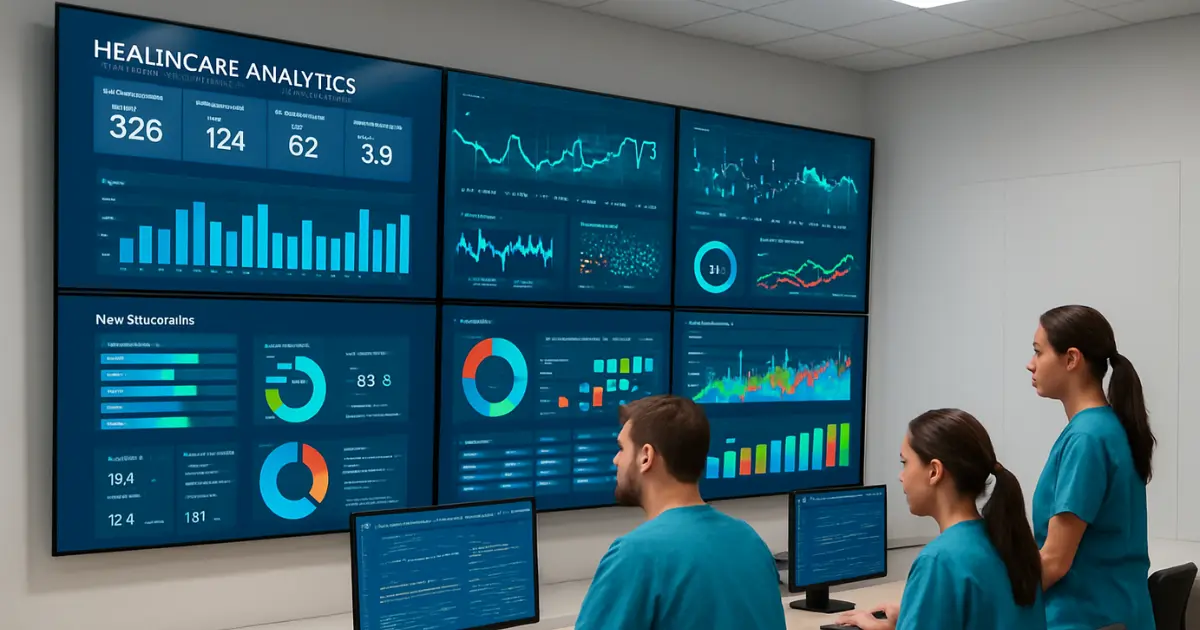A. What is Patient Relationship Management [PRM]
Patient relationship management, also known as PRM, is a strategic approach healthcare providers use to manage and enhance patient experiences throughout their care journey. The ultimate goal of PRM is to convert a new lead into a loyal client. An effective PRM strategy boosts patient interactions, revenue, and overall efficiency of the medical organization.
Contrary to traditional patient management, PRM focuses on a holistic, patient-centric approach that strives to enhance patient experience, satisfaction, and health outcomes.
B. Key Components of Patient Relationship Management
Patient relationship management encompasses a comprehensive understanding of patient’s needs, preferences, and behaviors to deliver exceptional service. Let’s look at the key components of PRM.
- Patient Engagement: Effective patient engagement is key to nurturing trust and loyalty. It involves proactive communication, personalized interactions, patient education, and empowerment – all of which enhances patient engagement.
- Patient Satisfaction: Patient satisfaction is the cornerstone to success. In addition to being a recurring customer, a satisfied patient will also bring new leads through positive reviews. Healthcare establishments can enhance patient satisfaction by meeting expectations, addressing concerns, and creating a positive experience.
- Patient Loyalty: Patient loyalty is fundamental to long-tern success of a medical practice. A 2024 report by Accenture revealed that organizations that achieve loyalty are those who choose an empathetic approach to improve care and experience.
In fact, loyalty hold significant value that patients are six times more likely to stay with their providers if they trust them. Organizations can enhance patient loyalty through prioritizing and personalizing care, effective communication, leveraging technology like healthcare CRM systems in Dubai, and implementing loyalty programs. - Data-Driven Insights: Data is the backbone of modern healthcare. By utilizing advanced technology, healthcare providers can gather powerful insights into patient behavior, needs, and preferences, which further enhances patient experience.
- Technology Integration: In today’s digital era, technology integration is vital for enhancing patient care. Implementing advanced tools like CRM systems, patient portals, and telehealth services can significantly improve patient care.
Understanding the fundamental components of patient relationship management is vital for creating an effective PRM strategy. With a strong focus on these elements, medical practices can massively improve patient retention, revenue, and overall efficiency.
C. Why is PRM Important in Healthcare?
Patient relationship management is a vital strategy for success. By understanding patient patterns, healthcare providers can offer targeted communication and create personalized treatment plans. An effective PRM strategy empowers patients to take an active role in their health which further enhances their outcomes. Streamlined communications and prompt actions foster positive experience throughout their care journey.
Here are a few summarized reasons why PRM is essential in healthcare:
- Enhanced patient experience
- Enhanced patient engagement
- Enhanced marketing strategies
- Increased efficiency
- Improved revenue
- Improved reputation
- Better health outcomes
In a nutshell, patient relationship management is an essential aspect of patient-centric care.
D. Effective Strategies for Implementing PRM
Implementing an effective PRM strategy requires a meticulous integration of technology, processes, and a strong patient-centric culture. Here are some helpful strategies to consider:
- Set Clear Objectives: Before diving into PRM, the first step is to assess your goals. Conduct a needs assessment to understand the existing gaps and outline your specific goals, like improving patient engagement, streamlining communication, and other. It is also essential to align your PRM objectives with broader organizational goals.
- Choose a PRM Platform that Fits Your Needs: Every PRM platform is unique in its features. Choose a PRM solution with essential features like automated reminders, seamless data integration with EHR, and robust data analytics.
- Integrate PRM Solution with Existing Tools: Ensure your PRM solution integrates seamlessly with existing tools, such as EHR, patient portals, and other healthcare software. Integration ensures healthcare providers gather a unified patient view that empowers them to make informed decisions.
- Train Your Staff: The success of PRM implementation largely depends on the staff who uses it. Therefore, it’s essential to invest sufficient time and effort for comprehensive staff training. Conduct regular training sessions, user-friendly guides, and provide on-going support.
- Monitor Performance and Refine Your Strategy: Every strategy requires continue refinement. Track essential metrics like patient satisfaction scores, engagement rates, and appointment no-show rates to understand efficiency of your plan. Regular optimization is essential to maximize results.
By creating a solid PRM strategy, you lay a strong foundation for streamlining patient experience and operations for better outcomes.
E. Future Trends in Patient Relationship Management
The future of patient relationship management (PRM) is poised for significant transformation driven by technological advancements and evolving patient expectations. Several key trends are shaping the future of PRM:
1. Artificial Intelligence (AI) and Machine Learning:
- Personalized Patient Experiences: AI-powered algorithms can analyze vast amounts of patient data to identify individual preferences and needs, enabling healthcare providers to deliver highly personalized experiences.
- Predictive Analytics: By leveraging historical data and machine learning, healthcare organizations can predict future patient behaviors and needs, allowing for proactive interventions and preventive care.
- Chatbots and Virtual Assistants: AI-powered chatbots and virtual assistants can provide 24/7 patient support, answering questions, scheduling appointments, and providing health information.
2. Internet of Things (IoT):
- Remote Patient Monitoring: IoT devices can collect real-time patient data, such as heart rate, blood pressure, and glucose levels, enabling remote monitoring and early intervention.
- Wearable Technology: Wearable devices can track patient activity levels, sleep patterns, and other health metrics, providing valuable insights for personalized care.
3. Blockchain Technology:
- Secure Data Sharing: Blockchain can facilitate secure and transparent sharing of patient data among healthcare providers, improving care coordination and reducing medical errors.
- Enhanced Data Privacy: Blockchain can enhance data privacy and security by creating an immutable record of patient information.
4. Augmented and Virtual Reality:
- Immersive Patient Education: AR and VR can be used to create immersive patient education experiences, improving understanding and compliance with treatment plans.
- Remote Consultations: AR and VR can enable remote consultations, expanding access to healthcare services, especially for patients in rural or underserved areas.
F. Conclusion
The future of patient relationship management is bright. By embracing emerging technologies and innovative strategies, healthcare organizations can significantly improve patient engagement, satisfaction, and outcomes. By prioritizing patient needs, fostering strong relationships, and leveraging data-driven insights, healthcare providers can build a more patient-centric and efficient healthcare system.







